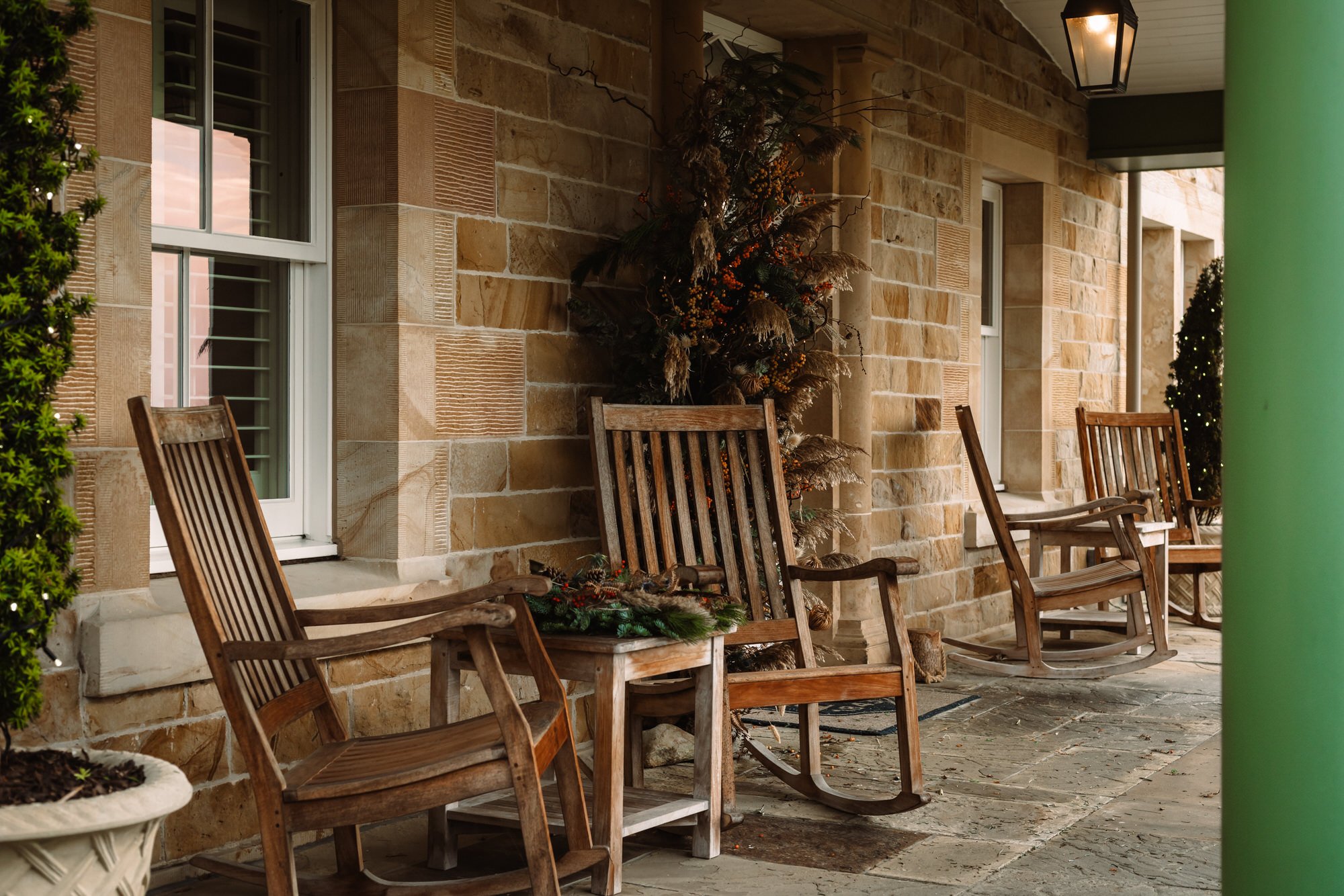Garden & Grounds at Links House
A blend of structured planting and natural exuberance, the gardens here at Links House are often remarked upon by our guests.
We believe summer evenings in Dornoch are best spent outside, soaking up the late evening sun and enjoying the bursts of colour from our borders. Planted with Euphorbias, Salvias, Shasta Daisies, Sweet Peas in August the white Hydrangea of Glenshiel burst into flower creating a celebratory mood within the grounds.
Whilst not all our planting includes native plants, those which have been seeded in from elsewhere have been encouraged to flourish. Guests can look forward to clouds of white Feverfew, and splashes of colour from our Lupin, White Campion, Cowslip and Spiked Speedwell plants.
Like all our actions here at Links House, our planting strategy has been designed with sustainability in mind. Butterfly Bushes, Scabious, Geum and our Lavender Hedging have all been incorporated thanks to their proven benefits to bees and butterflies, and guests are known to spot beautiful Painted Ladies fluttering across the lawns during Spring and Summer months.
With the opening of MARA, our Kitchen Garden has come into its own, as our team has harnessed the space to be of best use. Encouraged with an organic planting strategy and principles, many of the herbs and finishing touches for MARA’s best-loved dishes are grown only steps from the dining room, ensuring diners are able to enjoy a true taste of the region. Plentiful Parsley, Sage, Rosemary, Thyme, Tarragon, Chervil, Dill, Bronze, Green Fennel, Violas, Calendula, Borage, several types of Mint and two Chives, including the famous, locally developed ‘Black Isle Blush’ can all be found in the Kitchen Garden, and our bees seem to enjoy the garden just as much as we do!


